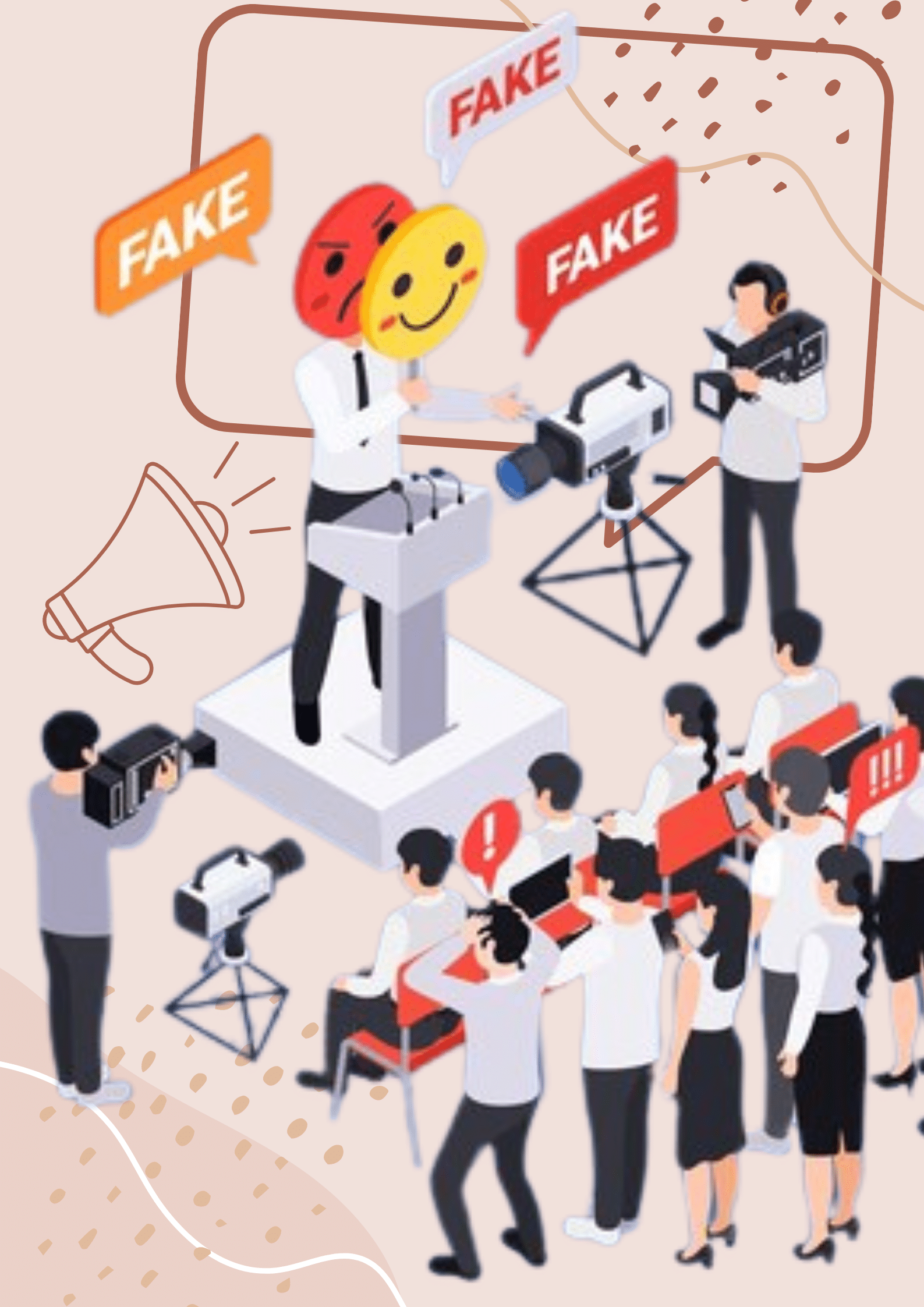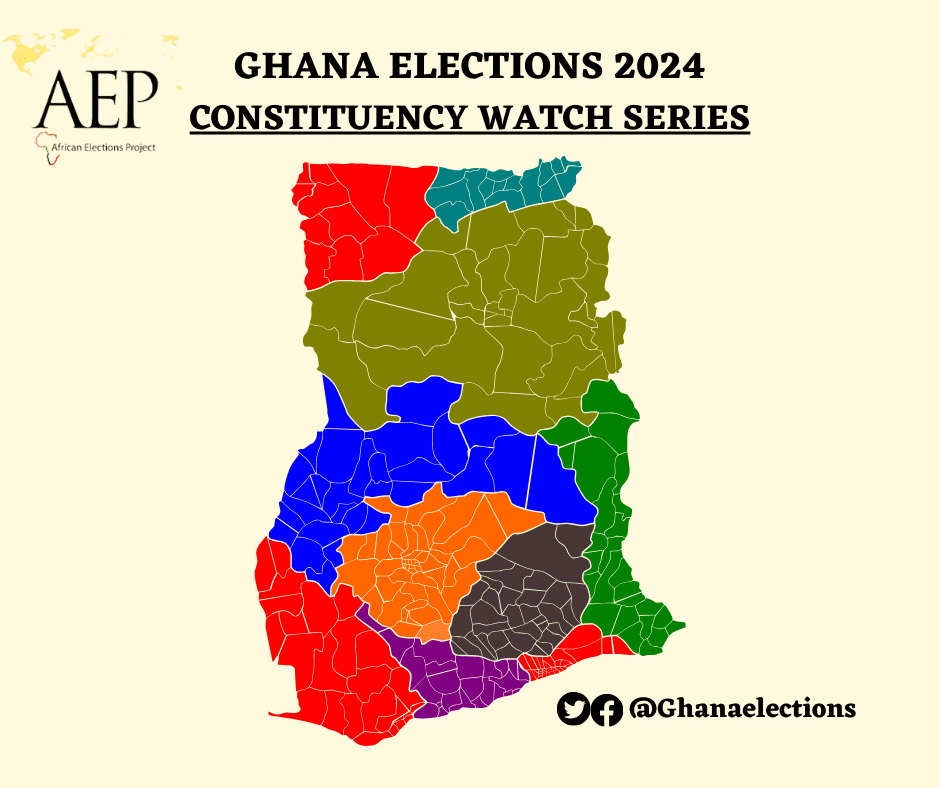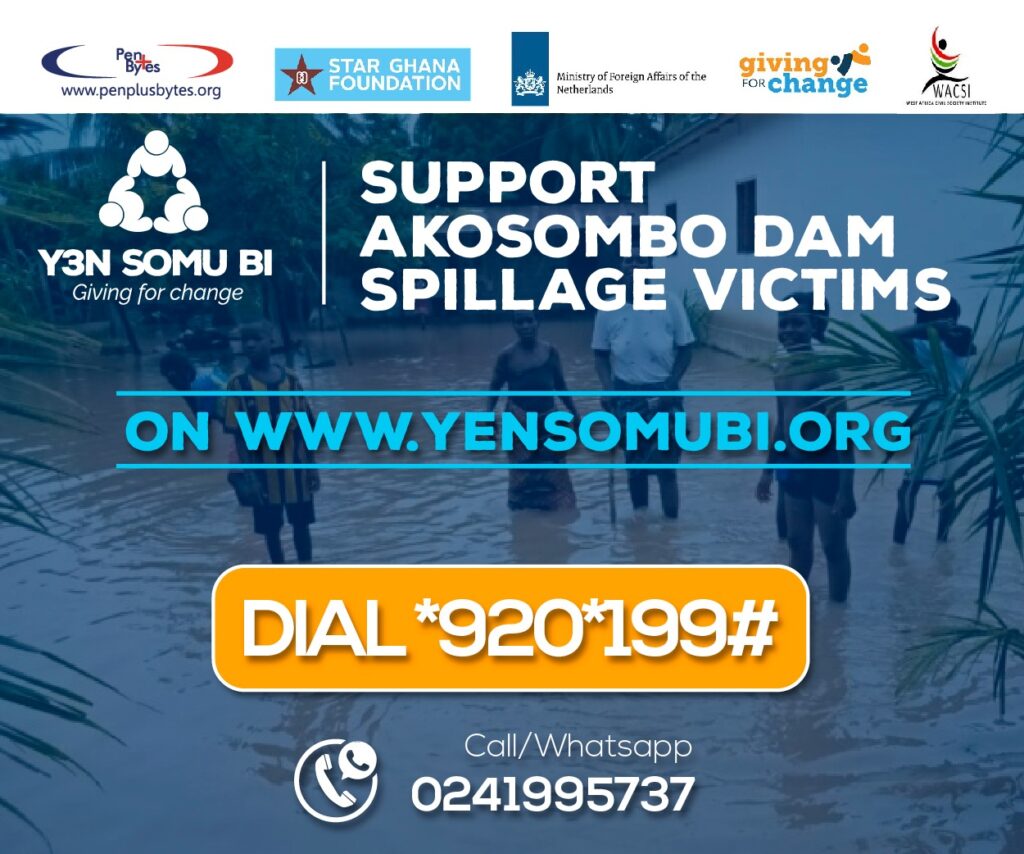“Everybody would be a reporter. Facts and opinions would flow without intervention, and
most definitely without the blessing of journalistic gatekeepers, who in this new world must
surrender control and share power.” – Katherine Fulton, 1993
It is an emerging term, one that arises from a grassroots movement that uses new digital tools to help ordinary people to tell their own ‘true stories’ in a compelling and emotionally-engaging form. These stories usually take the form of a relatively short story (less than 8 minutes) and can involve interactivity. Perfect examples of digital storytelling include restaurants showing how dishes are prepared, sports teams share training sessions and fitness tips with their fans (e.g., UCLA Athletics) and fashion icons putting up tutorials on how to mash an outfit together.
Digital storytelling is different to traditional print journalism. As mobile becomes the default device and visuals beat text, journalism is changing. Navigation is based on tap and swipe, video commands attention, graphics and quotes communicate better than copy. Distribution on third party platforms is essential to reach an audience. We are drowning in data on user behaviour, and only just grasping how to understand what it is telling us. Most publishers are aspiring to build paid subscriptions to reduce dependence on advertising revenues.
Traditional storytelling involves a narrator transmitting a fixed story to an audience of one or more, employing various verbal tones, physical gestures, and facial expressions to evoke reactions and participation from the audience. This process is anchored in the reality that the story’s basic structure never changes.
Digital storytelling, however, omits the need to stick to one narrator, meaning that several narrators can step onstage simultaneously, exerting their influence through responses, comments, continuations, alternative stories, and various other means. In short, the barrier between storyteller and listener is no longer an impermeable one.
So how are publishers and journalists adapting their editorial craft for digital media?
In Ghana, some media houses are adapting to social media outlets such as Facebook with bits and pieces of their mainstream stories. This is usually made to gather viewer attention before the main story is aired or published through traditional outlets.
Elsewhere, The Washington Post is on Snapchat and publishes all its stories on Apple News. Vogue’s Instagram feed is full of relatively raw, vertical backstage videos.
Big media shots such as Deutsche Welle, CNN, BBC and so on are said to be grappling with the digital revolution. Where many of them had their audiences linked largely to their native platforms – TV, radio, newspapers – they now have to follow their audiences instead of the other way around. Anyone in the digital media sphere will tell you that these days news breaks on social media, Twitter especially. News agencies like the New York Times have realized that print alone doesn’t cut it anymore – and have started exploring innovative ways of delivering news to their audiences on digital platforms. Even in Ghana, many traditional media agencies have some presence on Facebook at the minimum. They might not necessarily engage with their online audiences, but they are there.
The message for publishers is to break down content into its constituent parts and adapt the style of journalism to suit each platform, while being mindful of the move to more visual, mobile friendly content. Smart tracking of reader behaviour will uncover what style of presentation works for each topic and audience.
Digital storytelling is much more integrative than traditional storytelling, incorporating non-linguistic elements that spawn new narratives. Images, visual and audio effects are not just augmentations to the story but are an integral and inseparable part of it, meaning that variety, multi-sensory stimulation, and multiple media channels are a must in digital storytelling.







